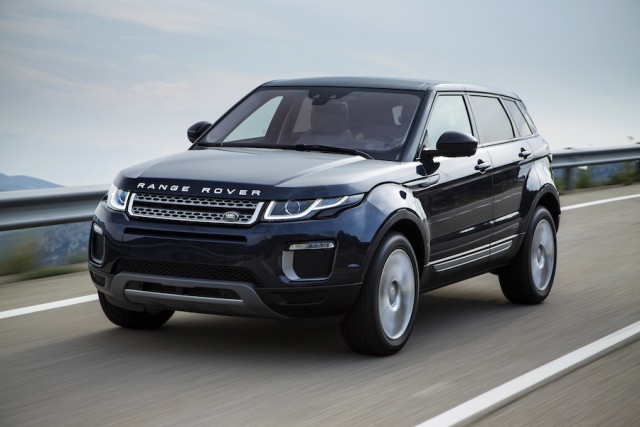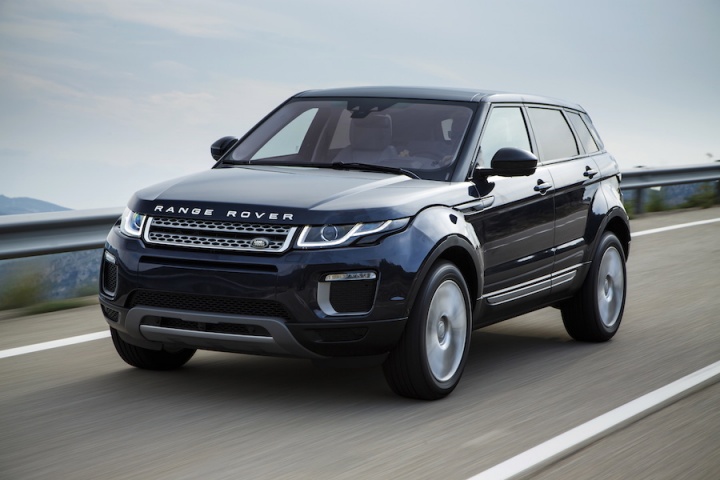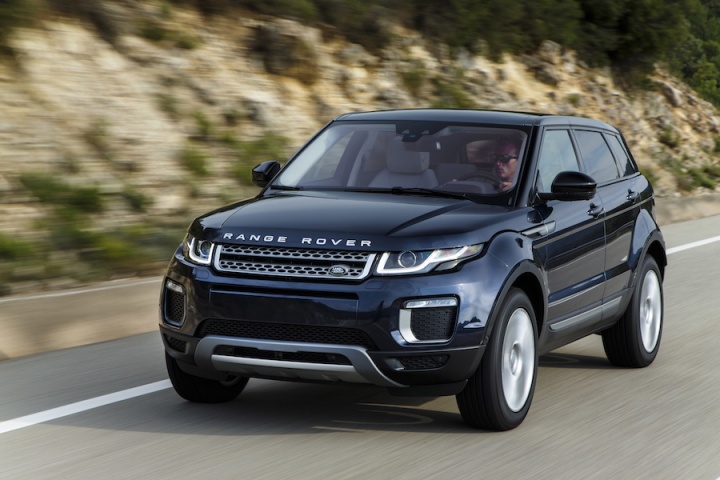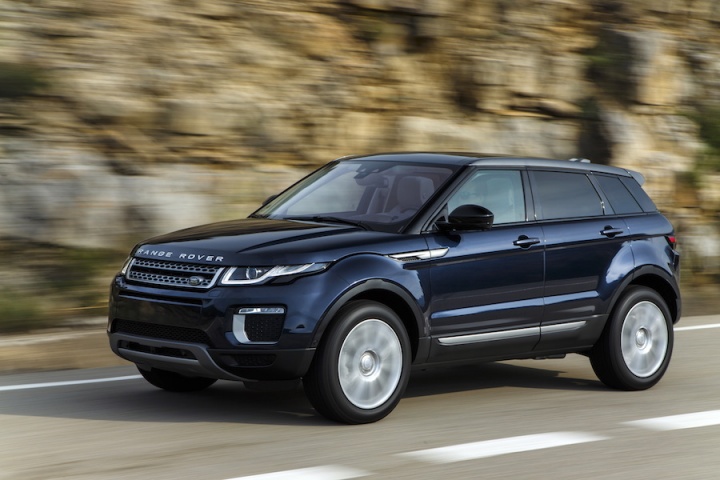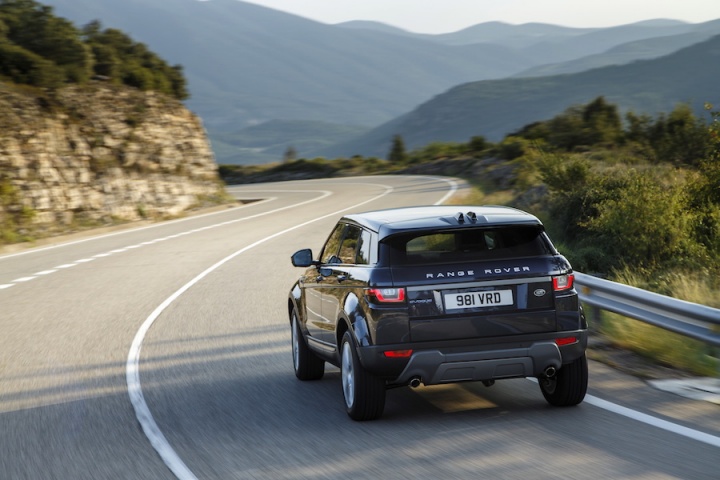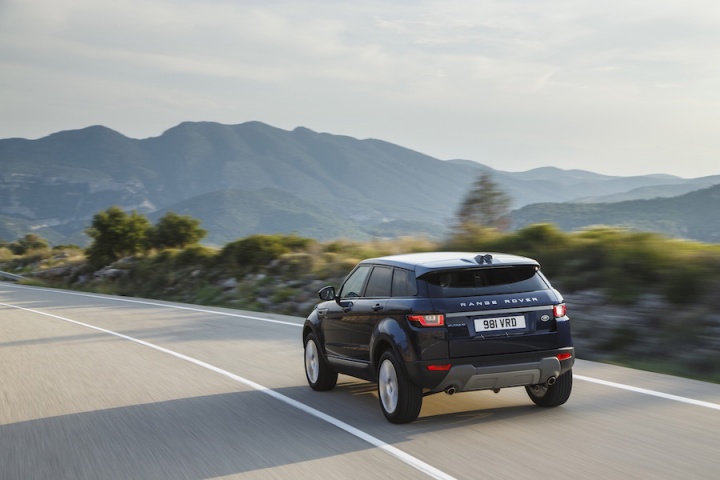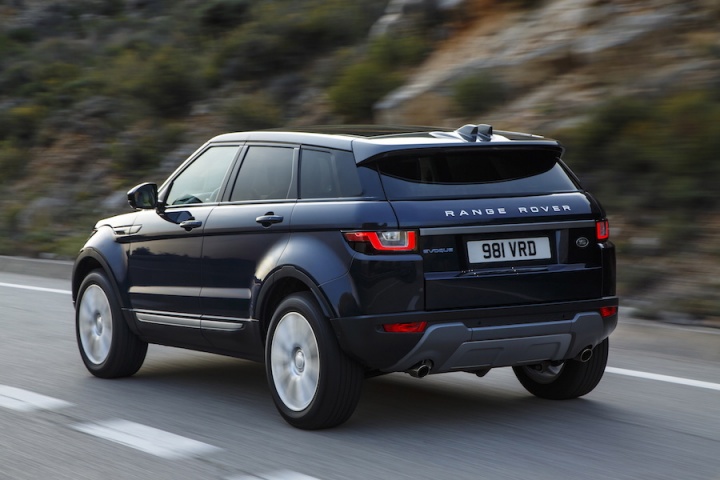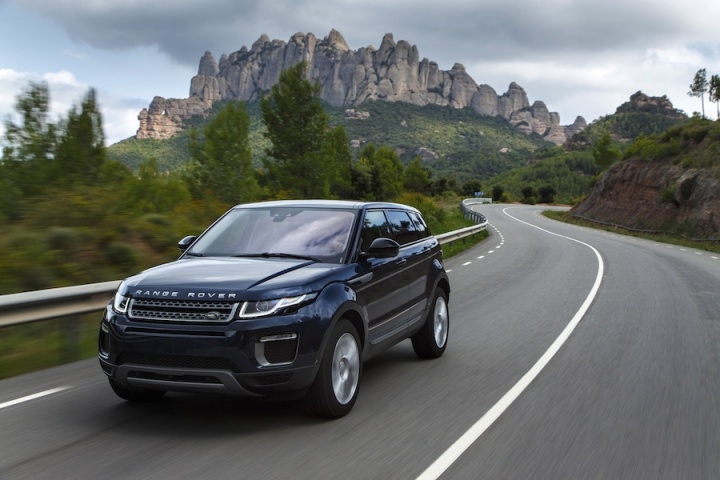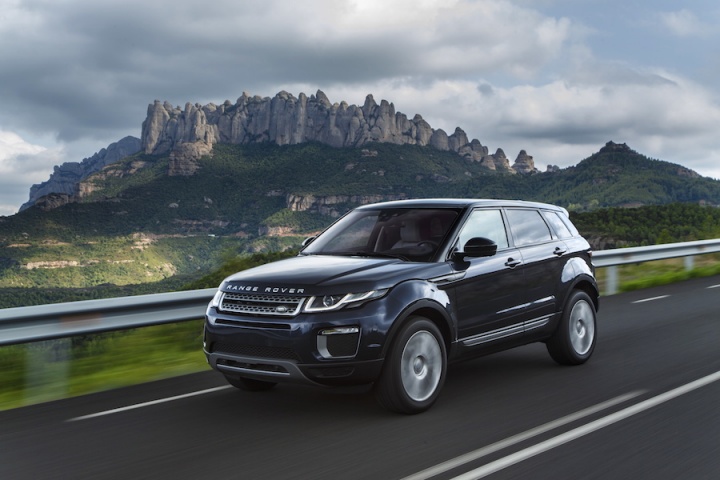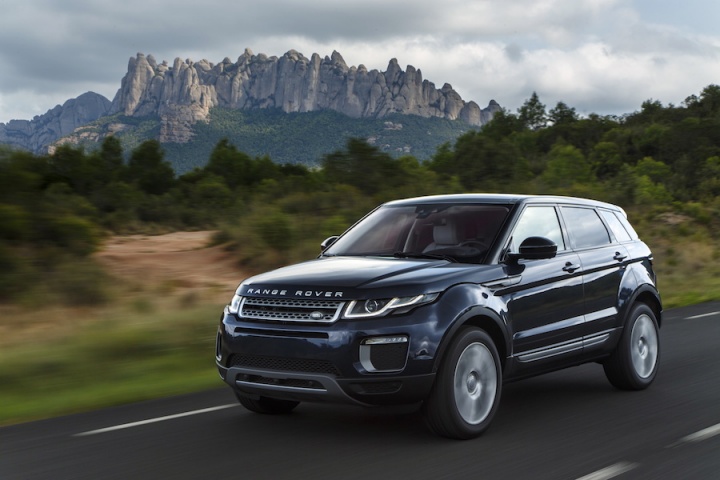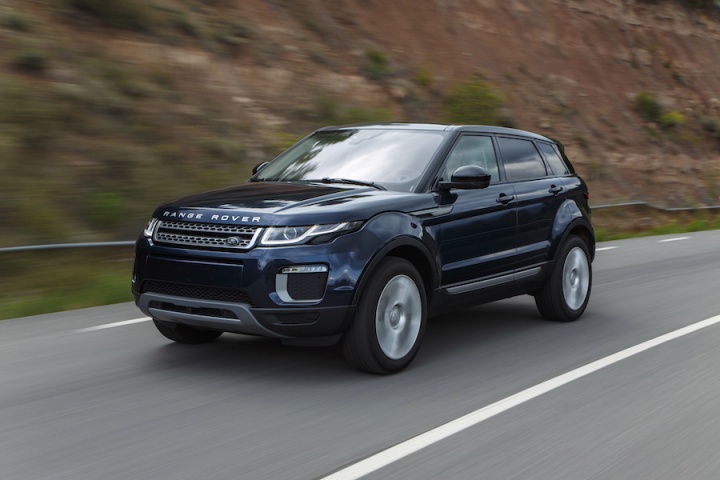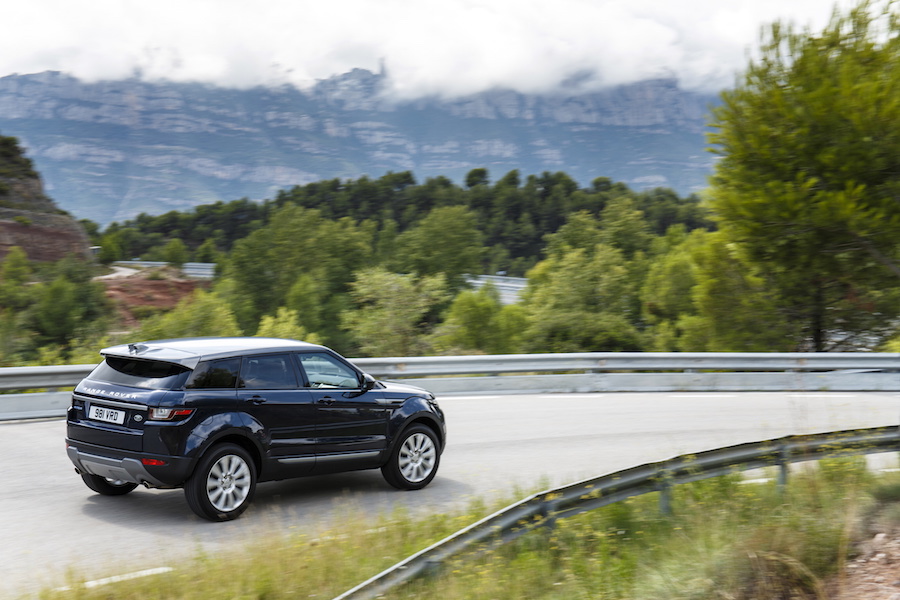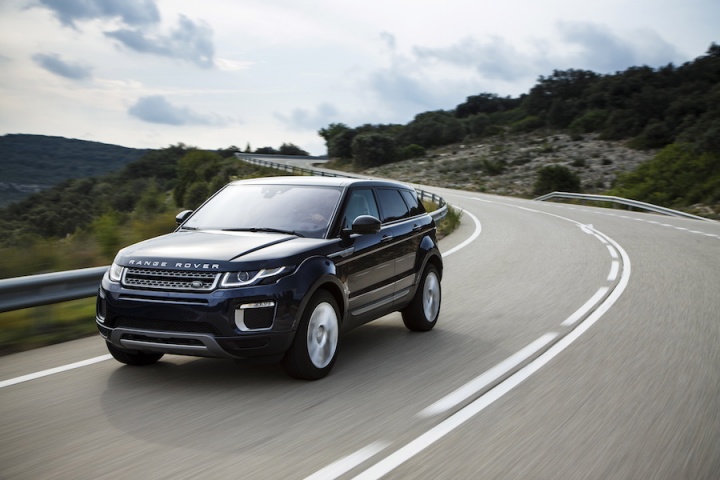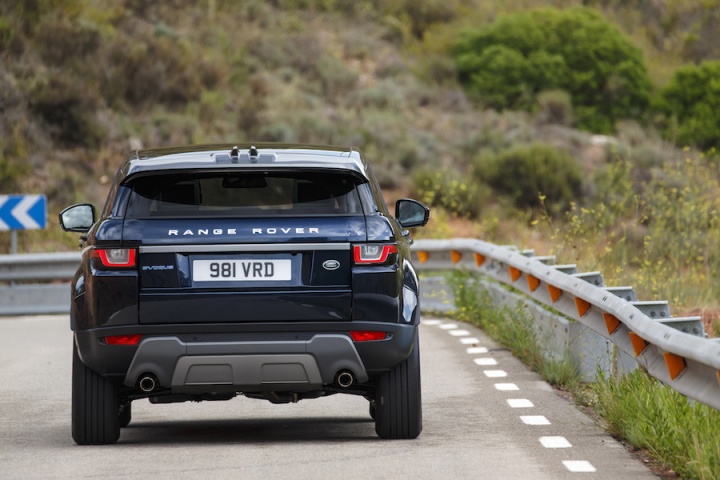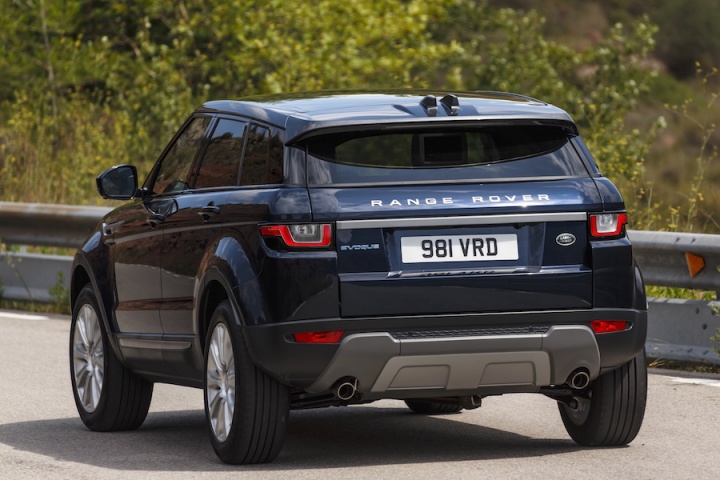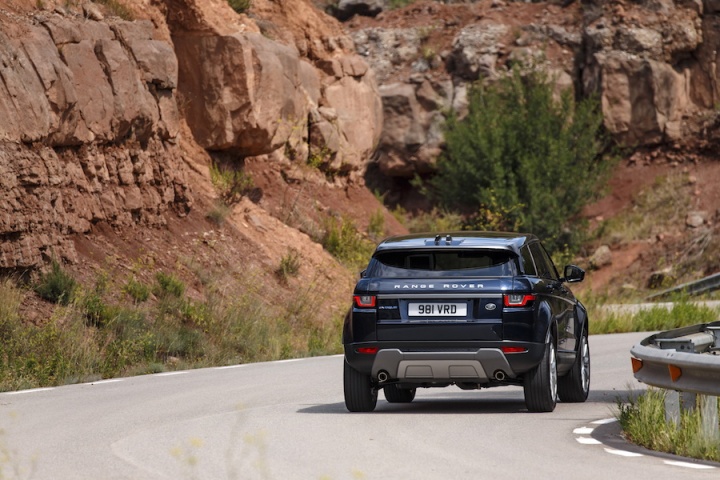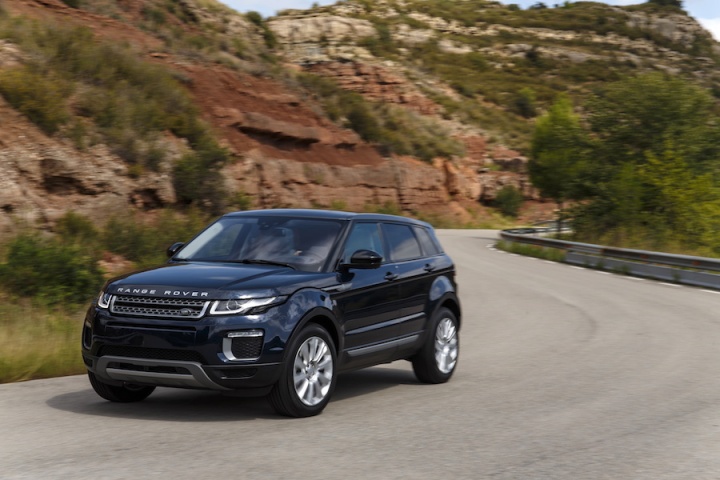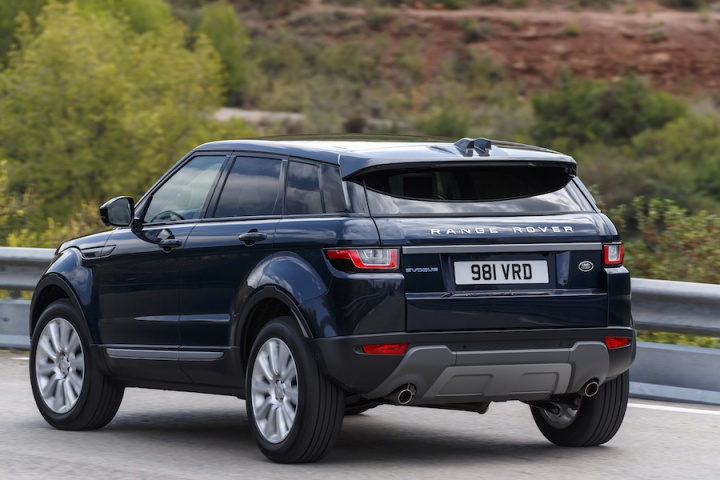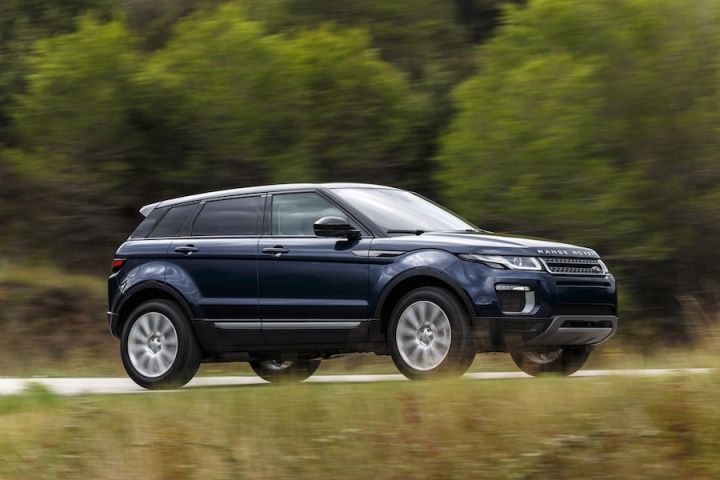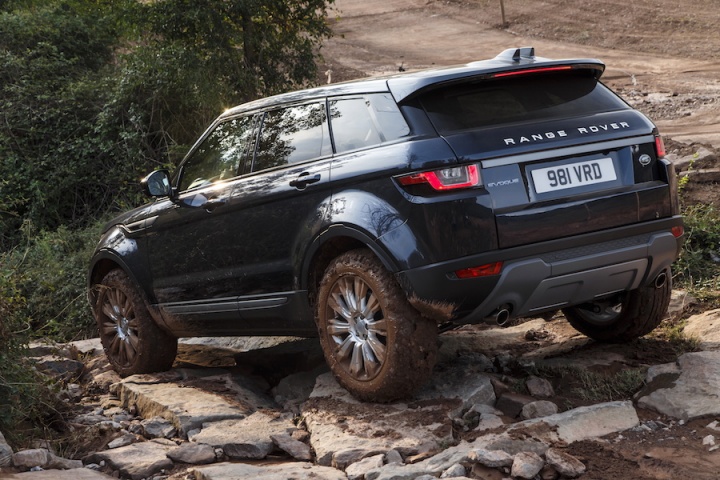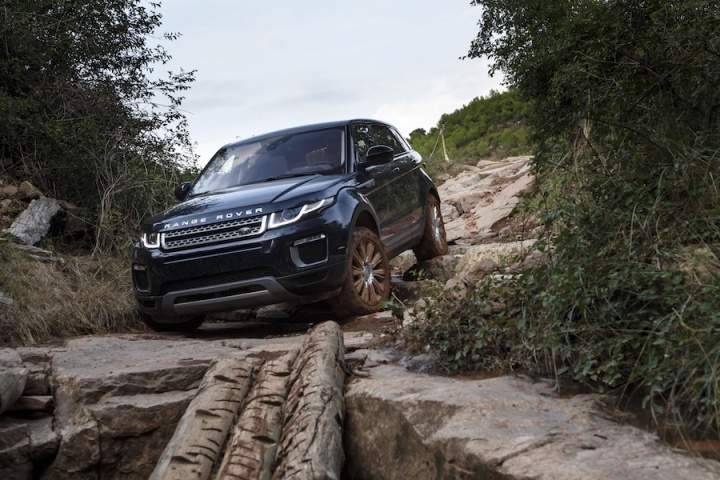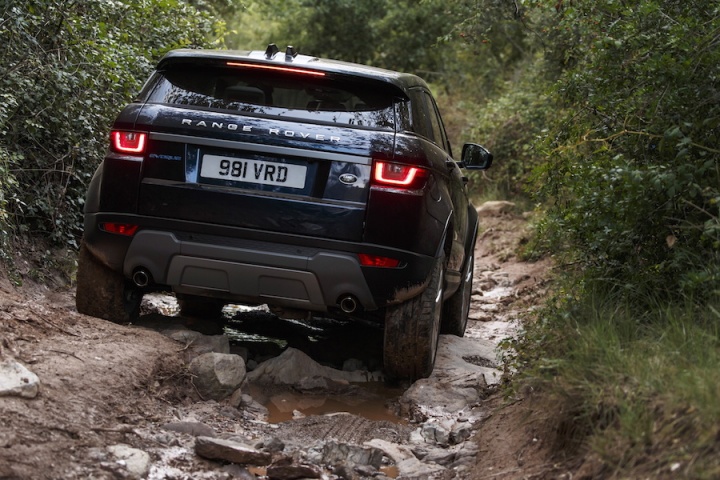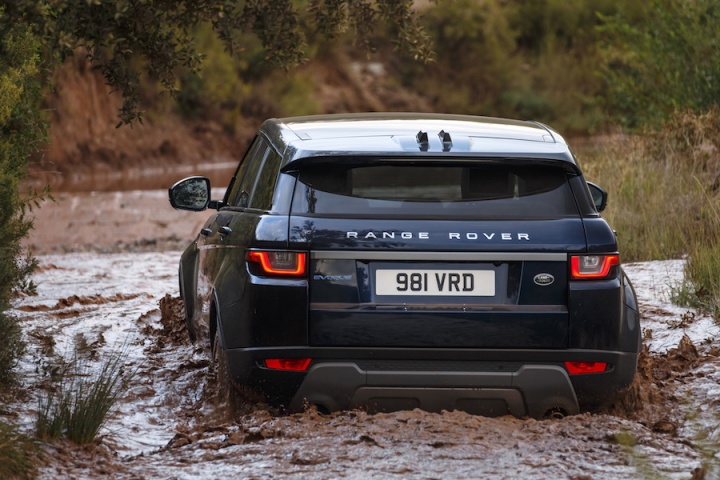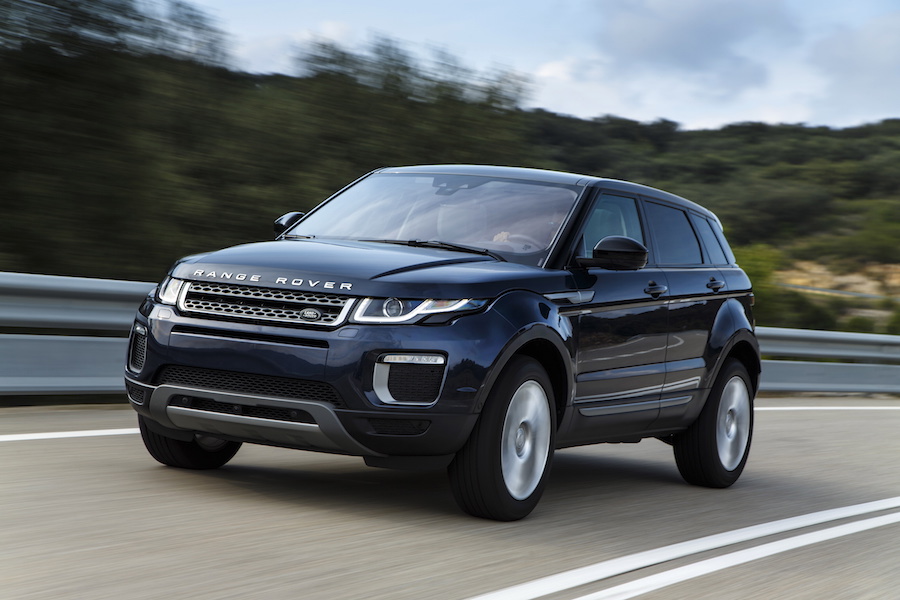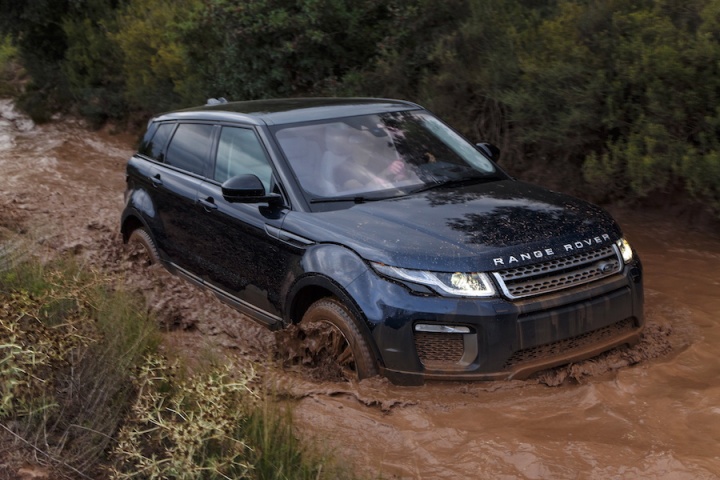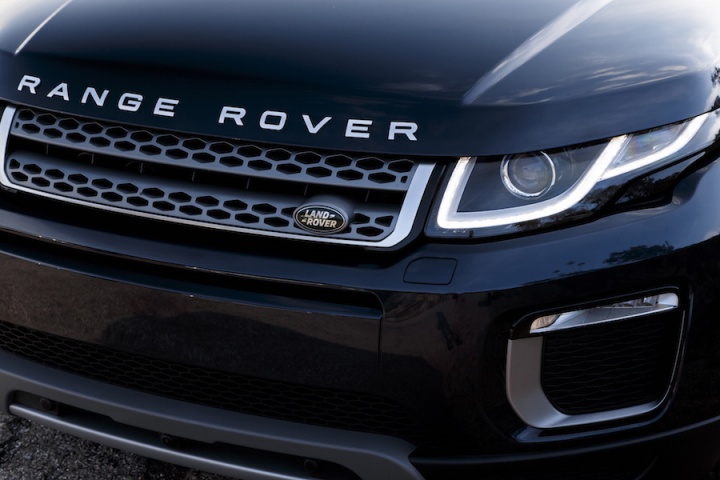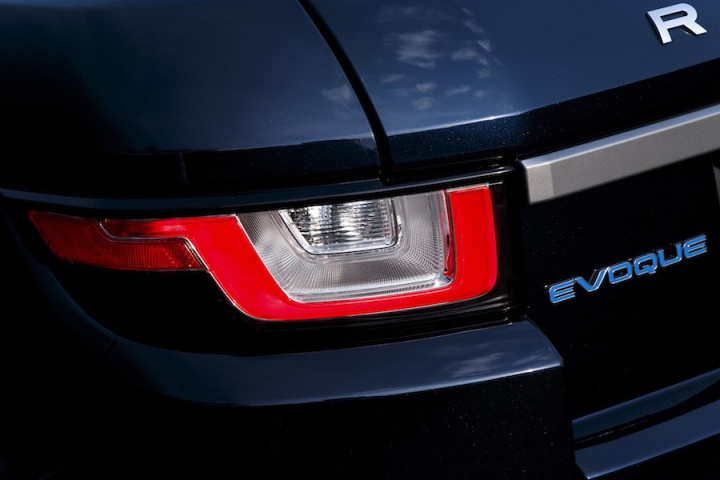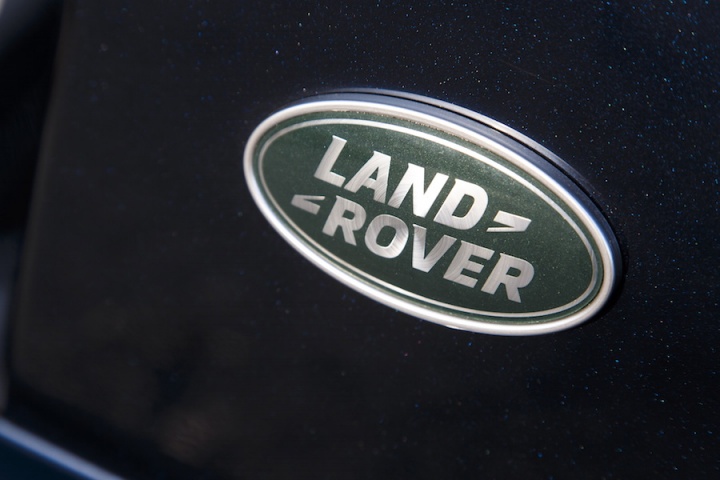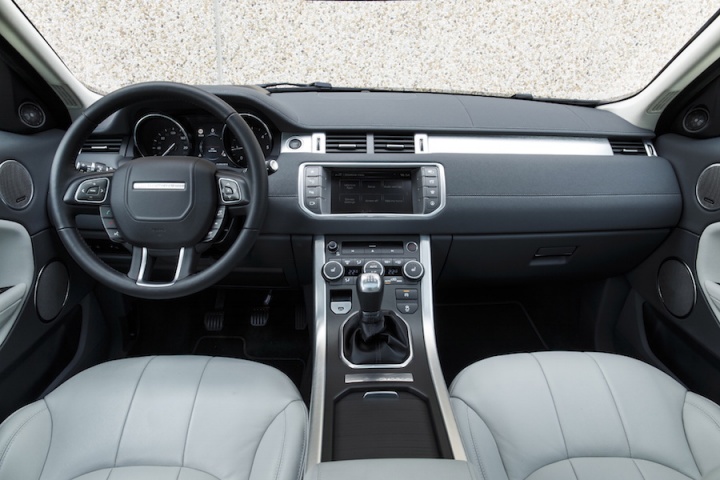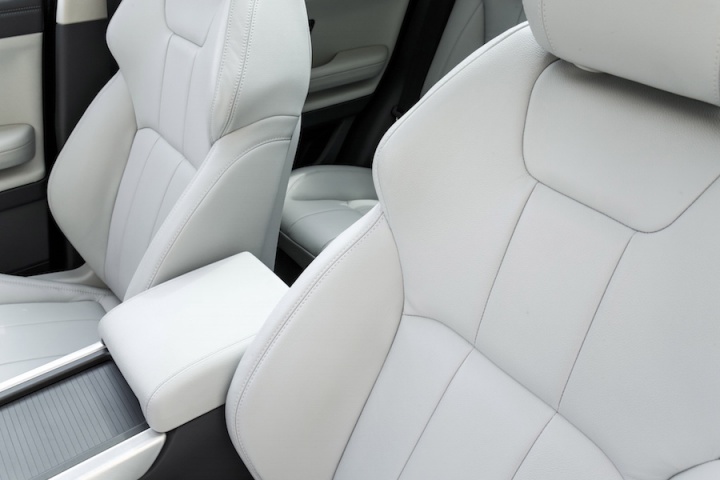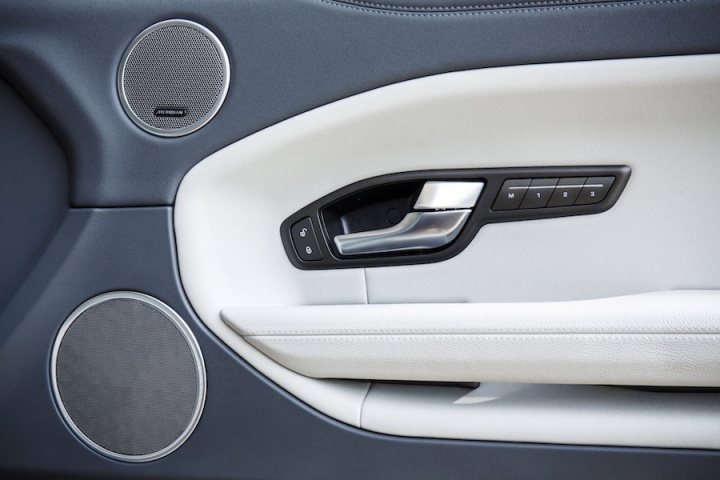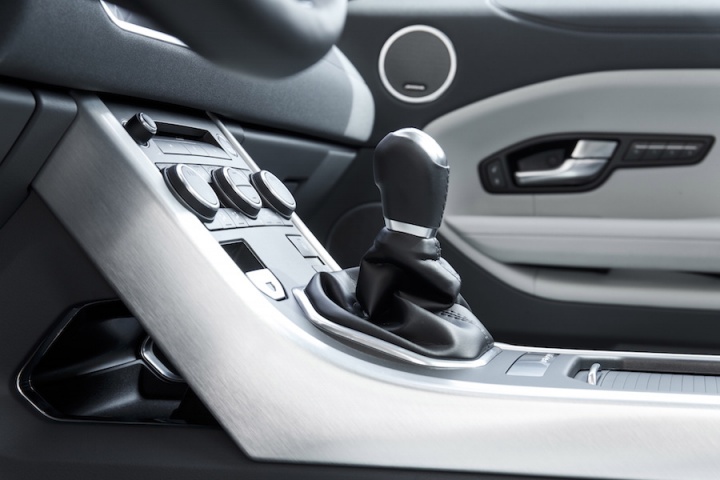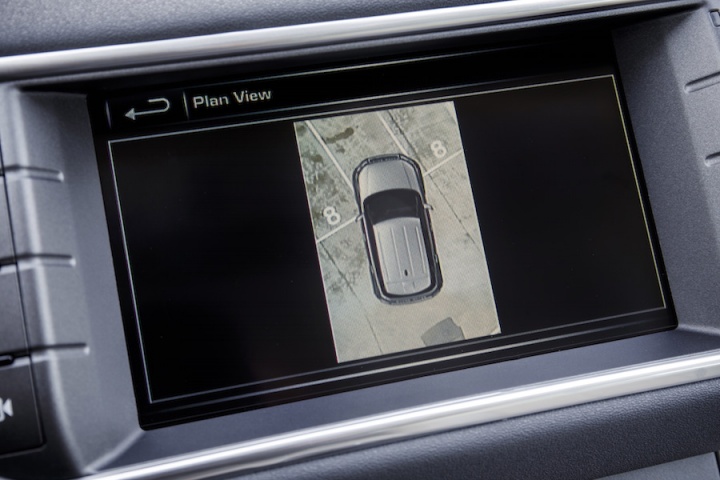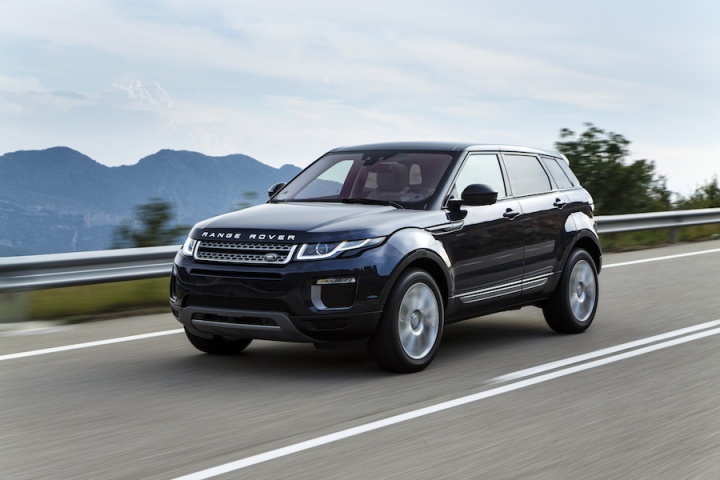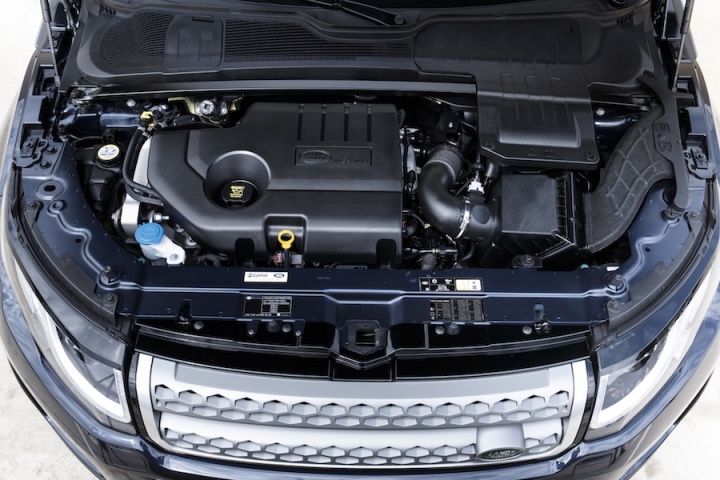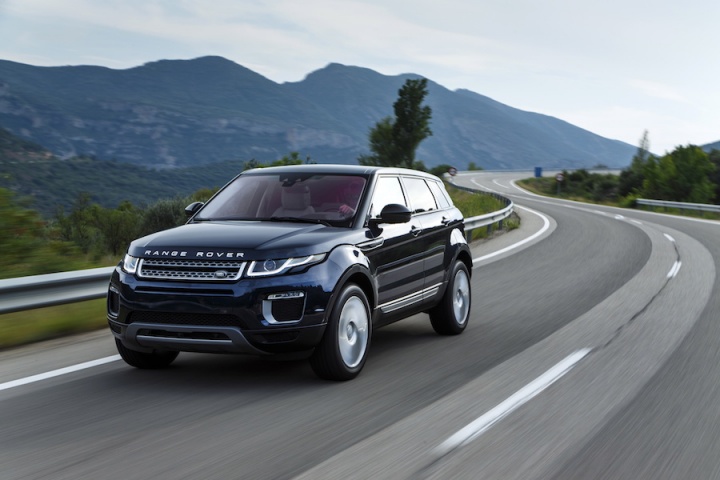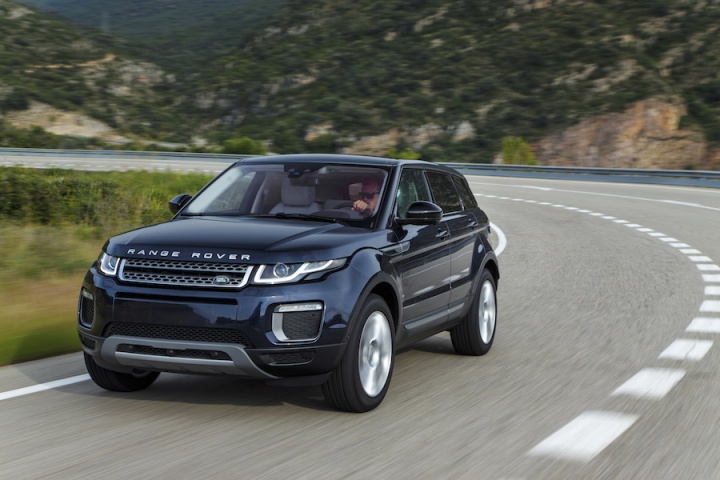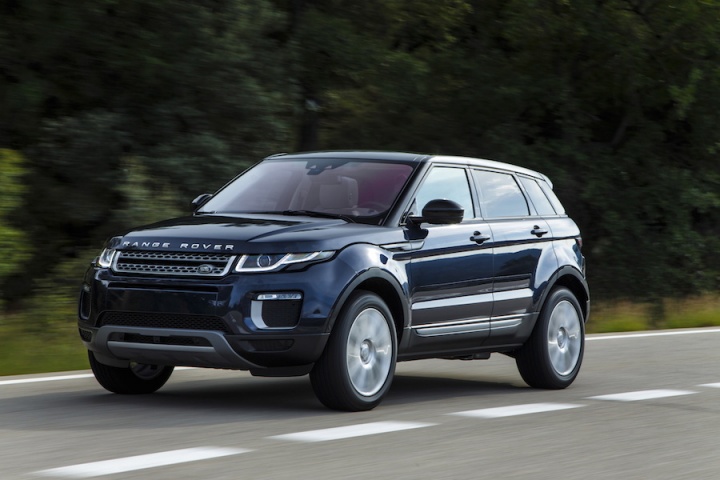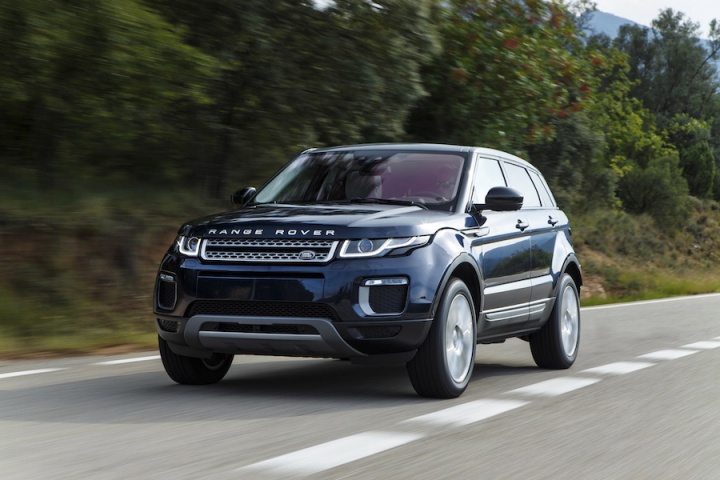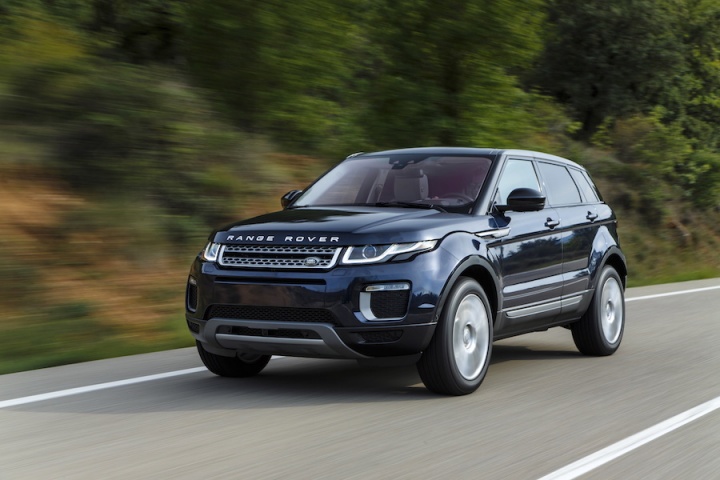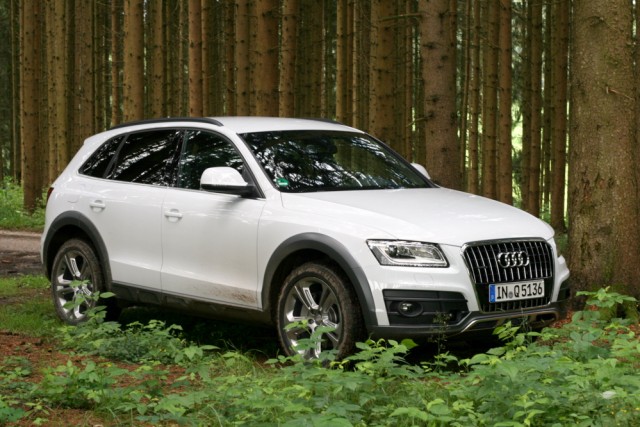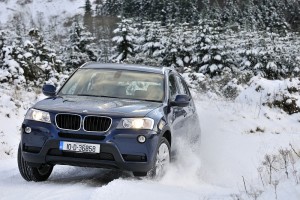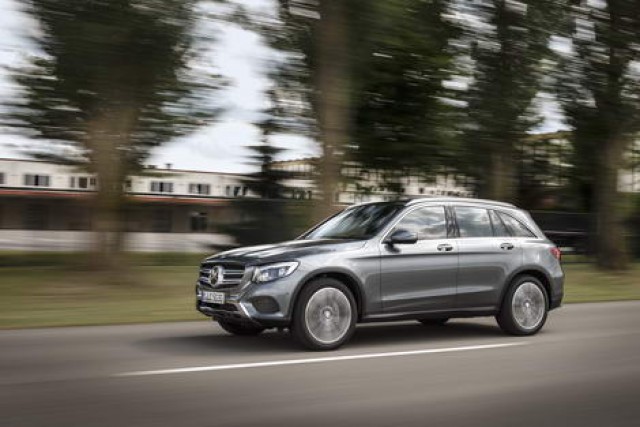If you can spot the exterior changes on the new Evoque, you either work for Land Rover or have a closet full of anoraks. Underneath though, there's much that is new... Your ears will pick up on the engine improvements straight away.
In the metal 4/5
Well, really - were you expecting Land Rover to change it very much? Since it was launched in 2011, the Evoque has gone on to be an utterly storming success. Some 450,000 have been sold worldwide since then, with around 1,400 of those in Ireland. It represents one in three of all Land Rover products now sold and has won 165 awards, many of them for its styling. For feck's sake, when it was launched, it was put next to Victoria Beckham and Posh was only the second best looking thing in the room.
So, sticking with the classic dictum of if it ain't broke, don't stick a screwdriver in it and wiggle it about, Land Rover's designers have kept their pencils tucked away in their drawers. There are new lights (adaptive LED lighting now optional, and there are slimmer, more glowering-looking lights on all models), new bumpers, a new grille and a tidied up rear end. It's basically the same and if you can tell it apart from the old one at a glance, you really need to get out more. OK, I really need to get out more.
Inside, the story is the same. It's basically the same cabin with a few new fixtures and fittings. The instrument pack is new, with a hi-def TFT screen between classier looking analogue dials, and Land Rover's generally excellent new InControl Touch infotainment system now sits in the central screen. Well it should do. Our pre-production test cars were still running the old system, even though they should have had InControl Touch. The rest of the interior is as you were - some plusher materials are used, and the seats are great, but it does still look to me to be slightly under-designed compared to the likes of the Audi Q5 or the new Mercedes-Benz GLC. Quality's good though.
Up front, the change is more profound as the Evoque gets the new Ingenium four-cylinder turbodiesel 2.0-litre engines. We've tried them in the Jaguar XE and XF, and here you can have 150- or 180hp flavours, with either front- or four-wheel drive, plus a choice of six-speed manual or nine-speed automatic transmissions. Emissions have plummeted - our front-drive, five-door 150hp model was rated at 113g/km, while the three-door 'coupé' (inverted commas writer's own) has a 109g/km rating, the lowest ever for any Land Rover product. Running costs have fallen as a result, and Land Rover is expecting to pick up a few more fleet sales.
Other new bits include optional 14-way adjustable electric heated and cooled seats, a new Autonomous Emergency Braking system and even more colours and alloy wheels from which to choose.
Driving it 5/5
The outgoing Evoque was always fun to drive, but suffered from a too-stiff ride quality. On the basis of this Spanish-based test drive, I reckon that the stiffness has been ironed out. There are new rear suspension bushings, while the front end is all new thanks to the lighter engine. It's much better and much more supple than before, even if that seems to be at the price of a touch more body roll. Land Rover has also not yet cracked Jaguar's magic code for making electric power steering with actual feel, but the Evoque is still fun to fling about and much more comfy now when you don't feel like making the effort. This front-drive version understeers more readily, and howls its tyres earlier, than the 180hp four-wheel drive model we also got to drive, but within its slightly lower limits it's still fun and agile.
And it's much more refined. Not just more refined than the old Evoque - you'd expect that. No, it's much more refined than the Jaguars with the same basic engine. OK, so Land Rover says that it has changed around a fifth of the engine's components to switch it from a rear-drive Jag application to a front-and-four-drive Land Rover one but the biggest change is in the refinement. It's vastly quieter than in the XE, a good bit quieter than in the XF and even sounds a bit sporty when you rev it out. Lovely.
It's also much more efficient. Well, Land Rover says that it is, with a 65mpg combined fuel economy figure. To be honest, we were too busy enjoying the steering on the twisty, mountainous roads north of Barcelona to do much of an economy run, and hence got about 35mpg out of it. Whoops.
Where the Evoque really surprised us was in its off-road performance. Now, OK, this is a Land Rover and it's in the DNA, but given that it was a basic front-drive model, we were expecting a gentle crunch across a gravel track followed by a tea break. Nope. With the help of some brilliant Land Rover Experience instructors, we guided the front-drive Evoque along treacherous switchback gullies, up and down rocky climbs and descents that were like stone staircases and through water troughs that had the wading depth sensors screaming out a 'maximum depth approaching' warning like some motorised remake of The Hunt for Red October. If we, seasoned car hacks that we are, were surprised by the performance, imagine what an actual Evoque owner, who probably never tackles terrain more taxing than the Brown Thomas car park, would think? Needless to say, the four-wheel drive version clambered over the same obstacles with even greater ease, but frankly it felt like cheating at that point. Not only did we have hill descent control, an automatic gearbox and terrain response, there was also the new All-Terrain Progress Control. Rather like hill descent for going up, you select a pre-set constant speed for the Evoque to move at (down to as little as 1km/h) and once you release the brake, that's what it will do, up, down, sideways, forwards, back. It almost made things too easy - the front-drive Evoque was harder work, but more satisfying, over the same terrain. Mind you, it was bone dry - I might not be saying the same thing had we been up to our axles in mud.
What you get for your money 3/5
Irish prices haven't budged for the updated Evoque, so you'll still pay the same €41,745 for the most basic Pure version of the three-door coupé (which no-one buys) and €42,190 for the five-door. Both of those are two-wheel drive, but apparently 90 per cent of Irish Evoque customers actually go with four-wheel drive, and they'll be pleased to note that a 150hp 4WD version now has emissions of 125g/km, so you can now tax it for €270 a year. The new InControl Touch system (missing from our test car but we've sampled it in other models) is a big step forward, and you'll get the new autonomous emergency braking system as standard, while leather is standard from SE models upward. Full Irish specs are still being finalised but the biggest issue for the Evoque is the Land Rover Discovery Sport - it's more spacious, arguably as good looking and more affordable and it's getting the new Ingenium engines shortly.
Summary
Half a decade on, the Evoque is up against ever-tougher competition, with more rivals arriving almost daily. These updates, and especially its new engine, keep it well in the game but we can't help feeling that the too-plain interior holds it back a little. Peerless off-road performance though, which is kind of refreshing. Would you be better off with a Discovery Sport? You just might...

